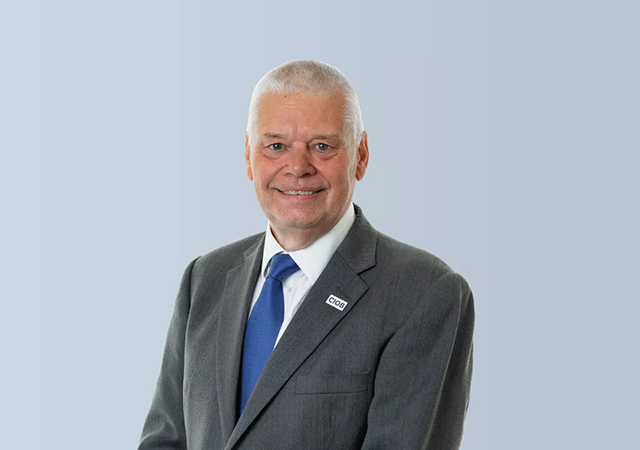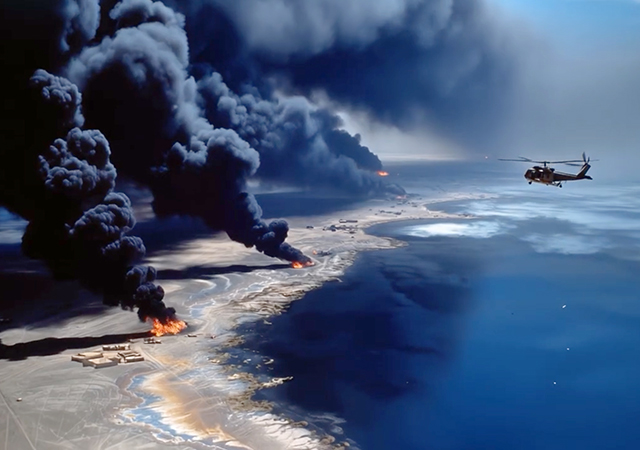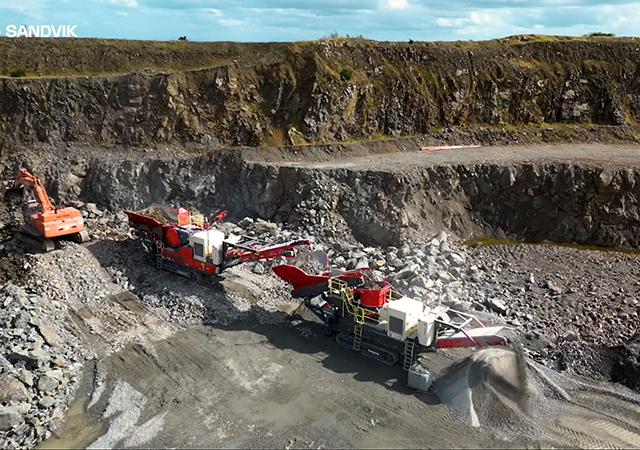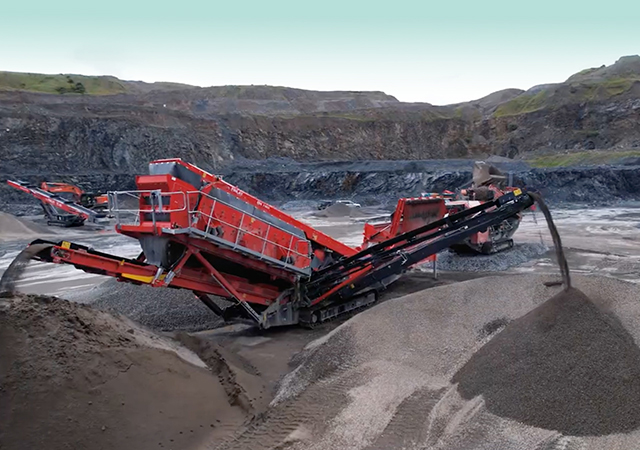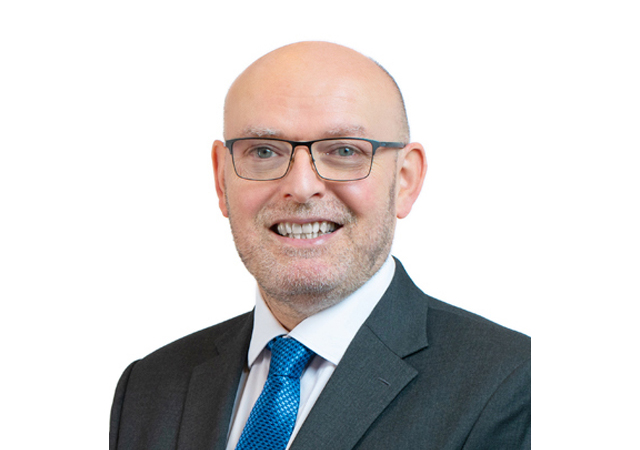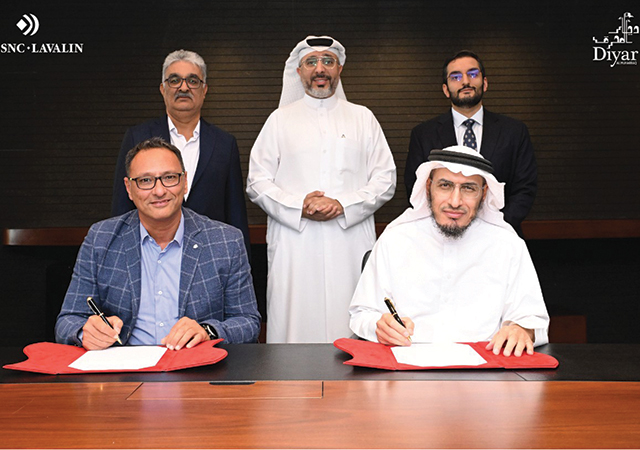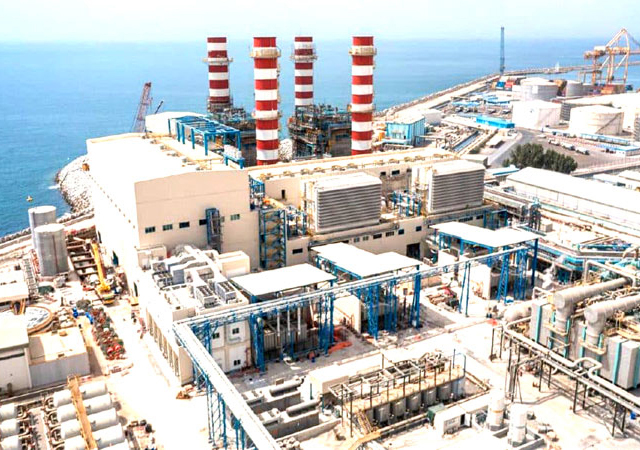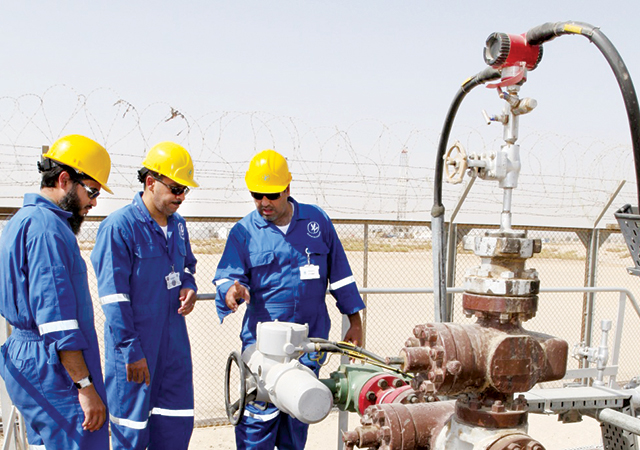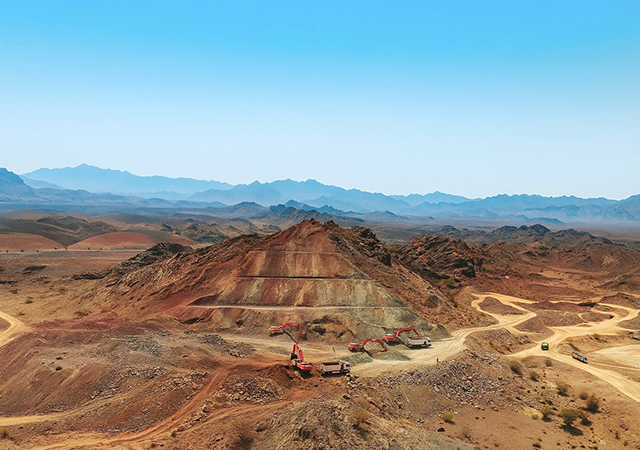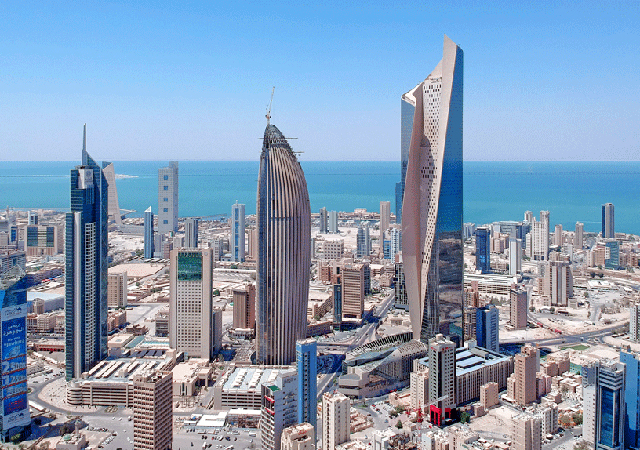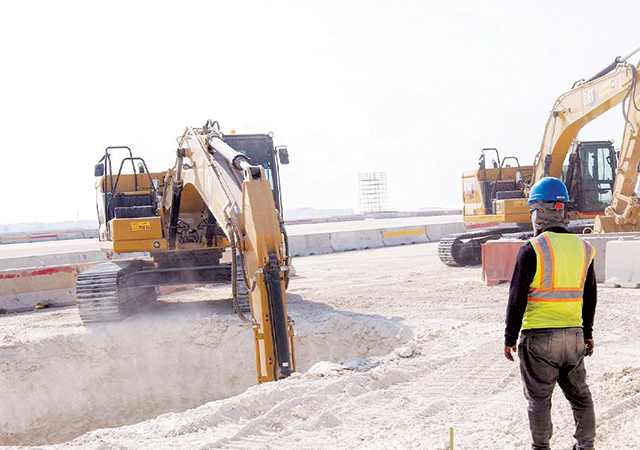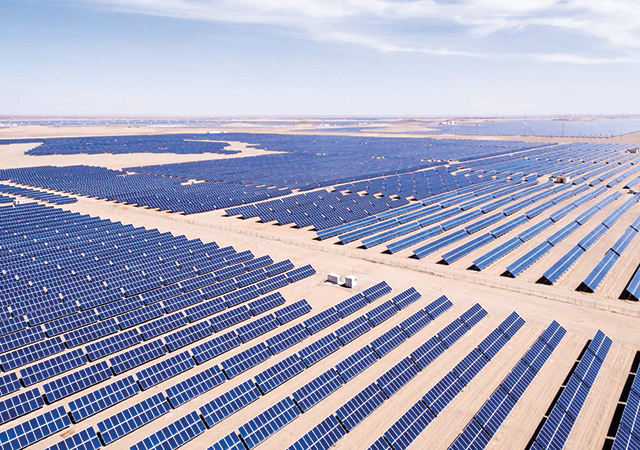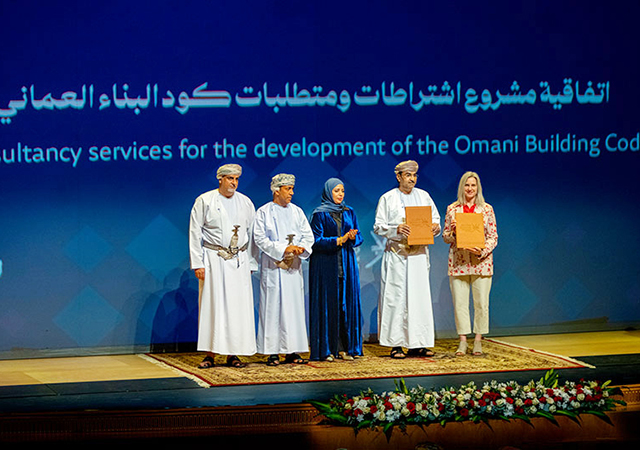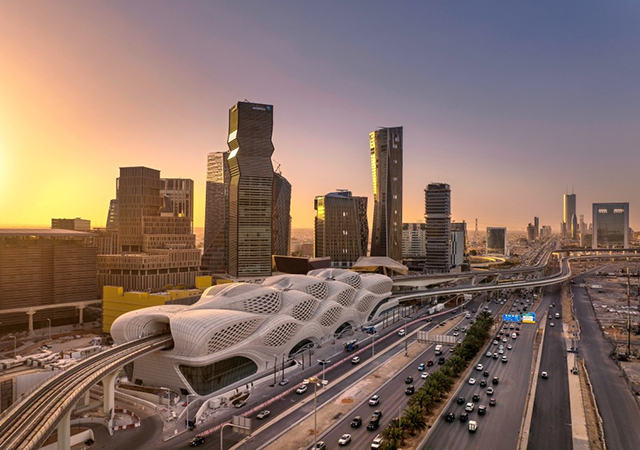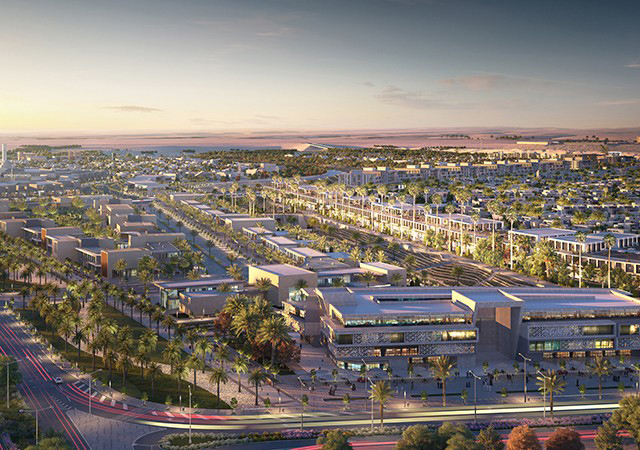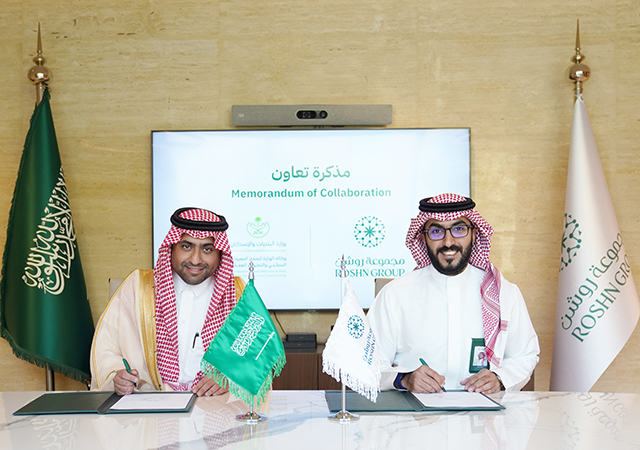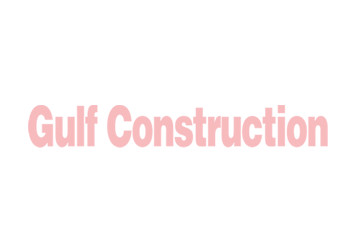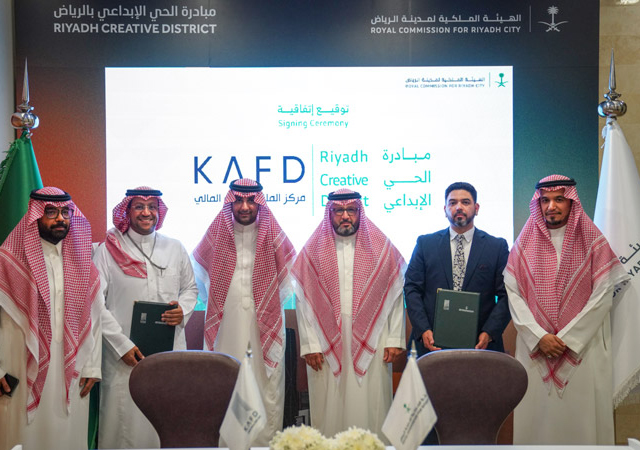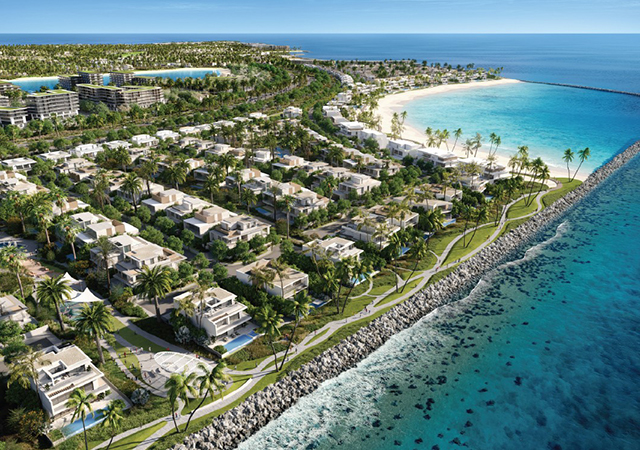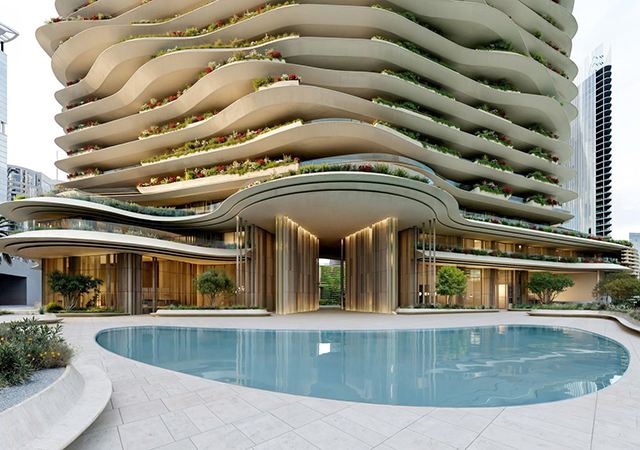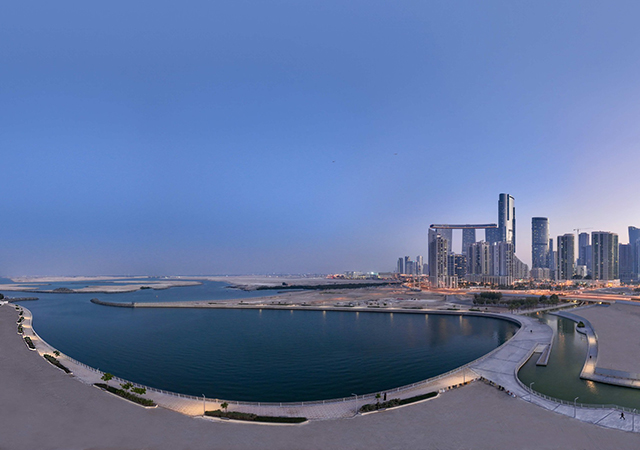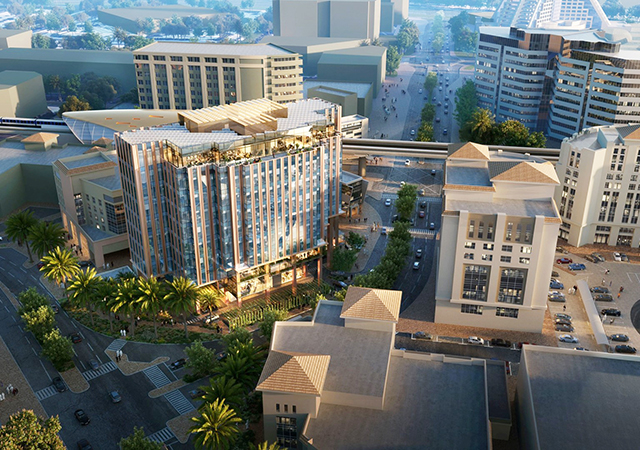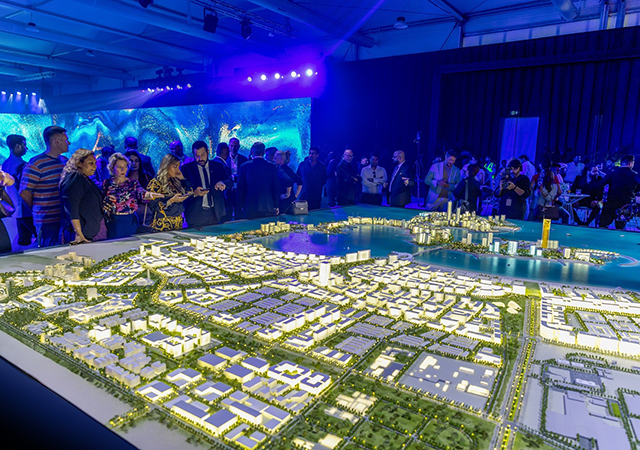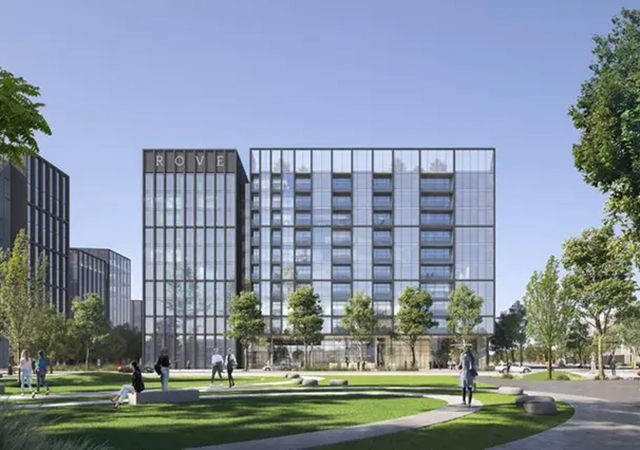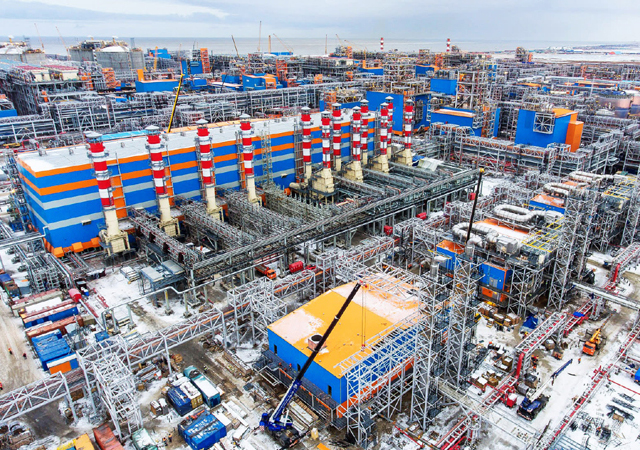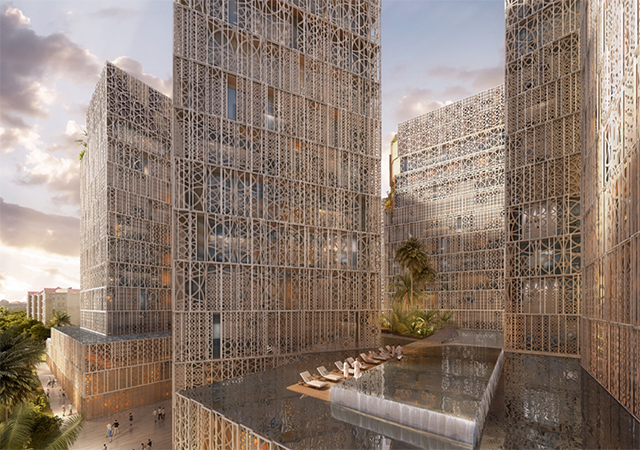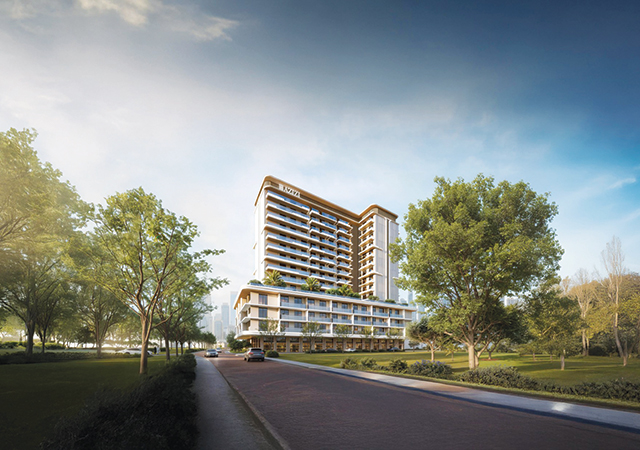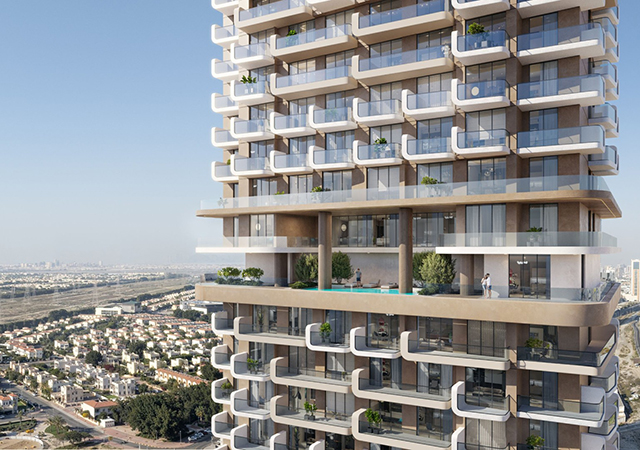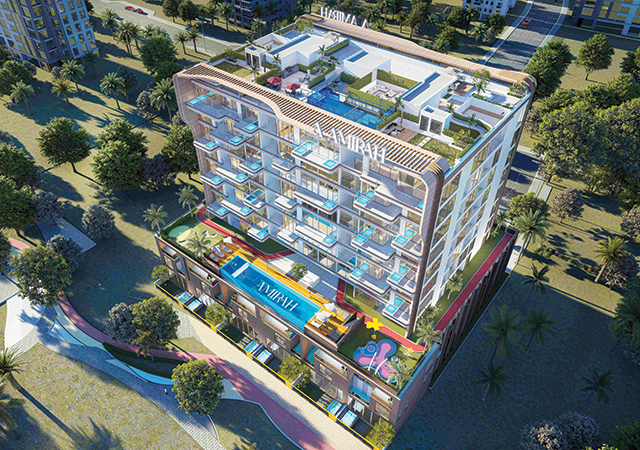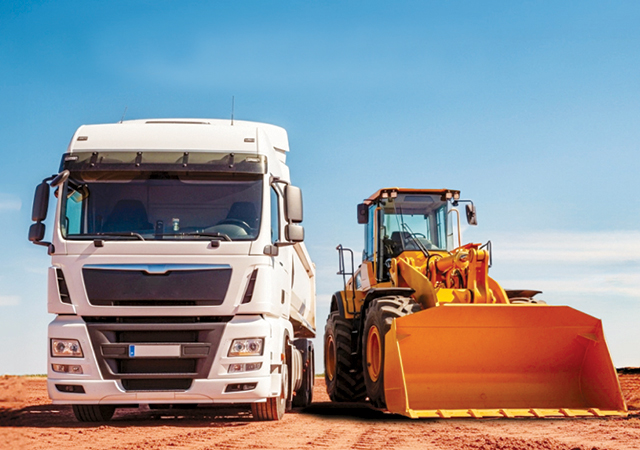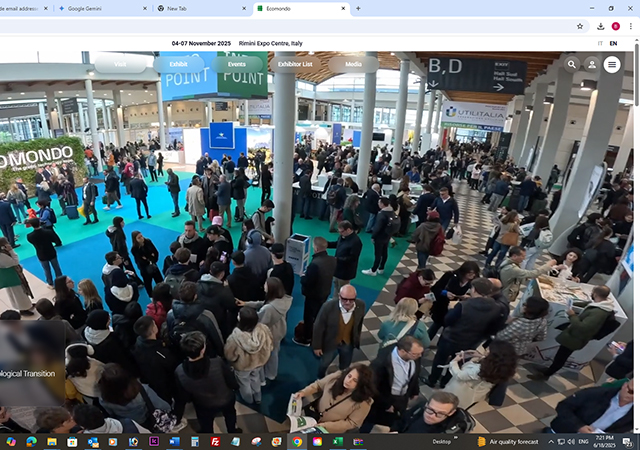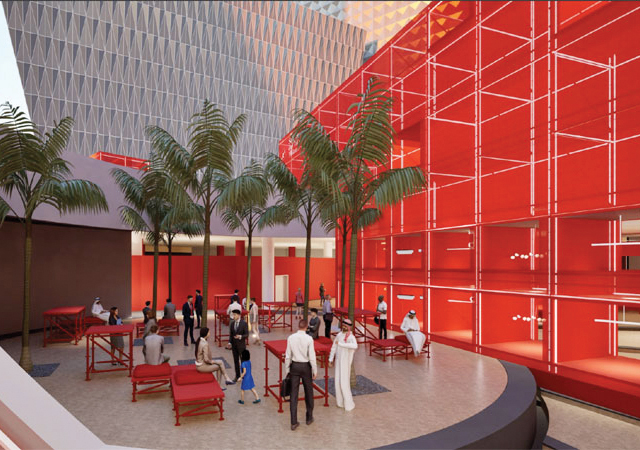
 Following the destruction of some 700 oil wells in the early 1990s, approximately 26 million cu m of soil was contaminated with crude oil.
Following the destruction of some 700 oil wells in the early 1990s, approximately 26 million cu m of soil was contaminated with crude oil.
Restoration work is making significant progress on the site of the world’s largest anthropogenic oil spill in Kuwait, with over eight million tonnes of soil having been cleaned through a combination of washing and bioremediation.
The clean-up is part of a massive effort by the KAK-Lamor JV/C, a joint venture between Kuwaiti EPC contractors Khaled Ali Al-Kharafi & Brothers Co and Finnish remediation specialist Lamor.
The restoration falls under the Kuwait Environmental Remediation Program (KERP), established over a decade ago by the United Nations Compensation Commission (UNCC), Kuwait National Focal Point (KNFP), and Kuwait Oil Company (KOC). KERP was created to address the extensive contamination left by the Gulf War, which included wet and dry oil lakes, contaminated soil, and sludge.
Following the destruction of some 700 oil wells in the early 1990s, approximately 26 million cu m of soil was contaminated with crude oil, which called for the launch of one of the world’s most extensive remediation programmes.
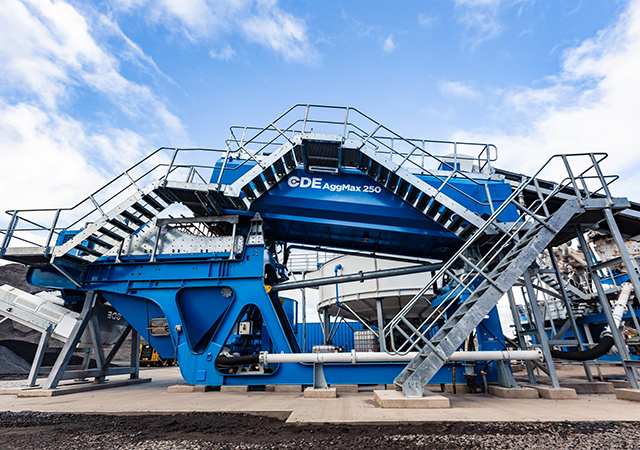 |
|
CDE supplied two soil washing plants, one for each location, for the Kuwait soil restoration programme. |
The UNCC is providing $3 billion in funding to clean up a 300-sq km area containing the contaminated soil.
KAK-Lamor JV/C is managing two major remediation projects – one in northern and one in southern Kuwait – which together account for about a quarter of the total contaminated area.
To support these efforts, the joint venture appointed global wet processing technology company CDE to supply two soil washing plants, one for each location, in conjunction with its local partner Gulf Center United Industrial Equipment Co.
Construction began in 2023, with the northern facility starting operations later that year and the southern facility coming online in early 2024. Both plants have a throughput capacity of 50 to 100 tonnes per hour (tph), depending on the fines content of the feed material.
WASHING AND BIOREMEDIATION
Due to the diverse nature of the contaminated material and varying age particle size distribution (PSD), the project employs both soil washing and bioremediation. While the majority of the material is processed through bioremediation, soil washing is preferred for soils with a contamination level greater than five per cent.
“The significance of this project cannot be understated,” says Darren Eastwood, Business Development Director at CDE. “This programme, the largest of its kind, aims to remediate and restore the affected areas, focusing on both environmental and socioeconomic rehabilitation.
“The comprehensive approach of KERP includes cleaning, remediating, and revegetating the impacted zones to restore ecological balance and support the well-being of future generations.”
Eastwood notes CDE’s experience in transforming challenging contaminated matter into valuable, reusable products.
“We have a track record for successfully transforming this matter into valuable products which can be repurposed. And we can already see from the success of this project that washing works and is delivering the results we need. This clean-up effort is not just about restoring the land, it has major health and social implications, ensuring safer environments for communities and supporting Kuwait’s long-term sustainability goals,” he adds.
Soil washing offers a highly efficient remediation strategy; it can provide a throughput of up to 250 tph in one line, which ensures fast treatment times and makes it ideal for large volumes, while the plant’s compact footprint minimises land use.
Since washing preserves the biological structure of the soil, treated soils remain biologically intact and suitable for recultivation. Soil washing also scores highly on ESG metrics, thanks to its material recovery and reduced environmental liabilities.
Additionally, it’s readily integrated with downstream treatments, such as bioremediation or thermal desorption units (TDU), when needed as part of a treatment train.
Both the southern and northern facilities treat material via soil washing to achieve a remarkably low contamination level of under one per cent in the clean output.
However, the northern facility sometimes takes an extra step: its clean, washed soil is occasionally subjected to bioremediation for further contaminant reduction, depending on the specific project requirements.
NAVIGATING CHALLENGES
The project has faced several challenges, as noted by Khaled Tubaileh, Deputy CEO of Khalid Ali Al-Kharafi & Brothers.
“We have brought together a global consortium of contractors who are the best in the business,” Tubaileh says, noting that robust relationships have helped navigate issues like finding historical bombs during ground surveying, managing a large team and fleet, and the intricate process of precisely extracting only contaminated soil without disturbing clean areas.
A key operational challenge has been water management in arid Kuwait, which has limited groundwater reserves and high per capita water consumption.
Given that each tonne of soil requires two tonnes of water during washing, the project integrated sustainability into the design. To secure supply, two 60-cu-m lagoons were constructed to store treated wastewater. The plant itself is designed to recycle up to 90 per cent of the water in a closed-loop system, thus significantly cutting operational expenses by eliminating the need for external water deliveries or fresh-water intake.
“It’s been an honour to be a part of this flagship project and to see the progress that has already been made,” says Richard Hill, Chief Operations Officer at Lamor. “I think one of the key aspects of how this consortium has gelled is our like-mindedness. When we were appointing CDE for this project, it stood out to us that all manufacturing was completed in-house, and that’s the same approach we take at Lamor. It’s values like this that have made it easier to adapt and evolve with this initiative.”
Upon completion, the restored land will be used for recultivation projects, with the Kuwaiti government planning to grow trees and reintroduce animal life to the area.
The sections of the soil remediation project currently under way are expected to be completed in early 2026.




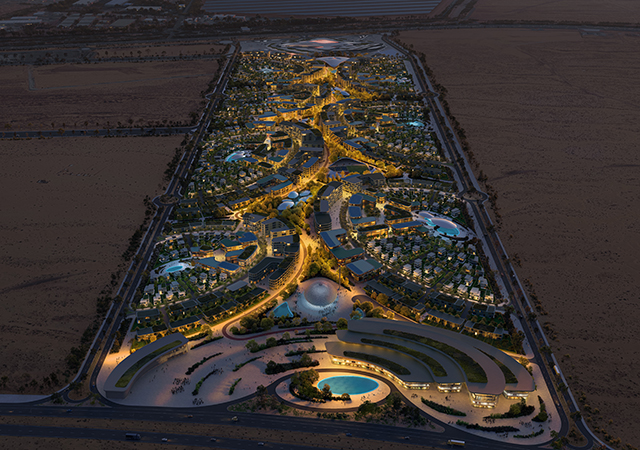
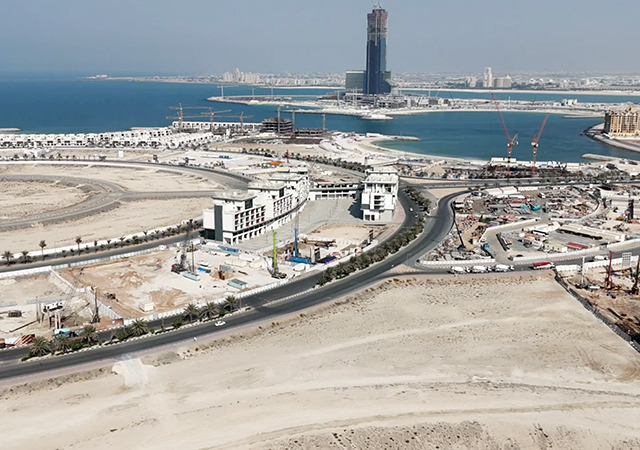
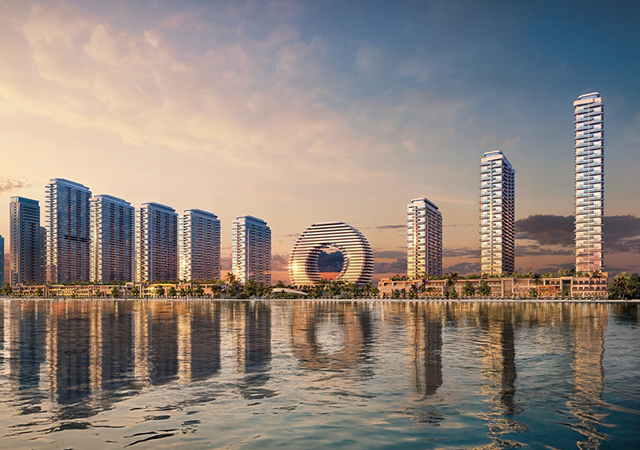

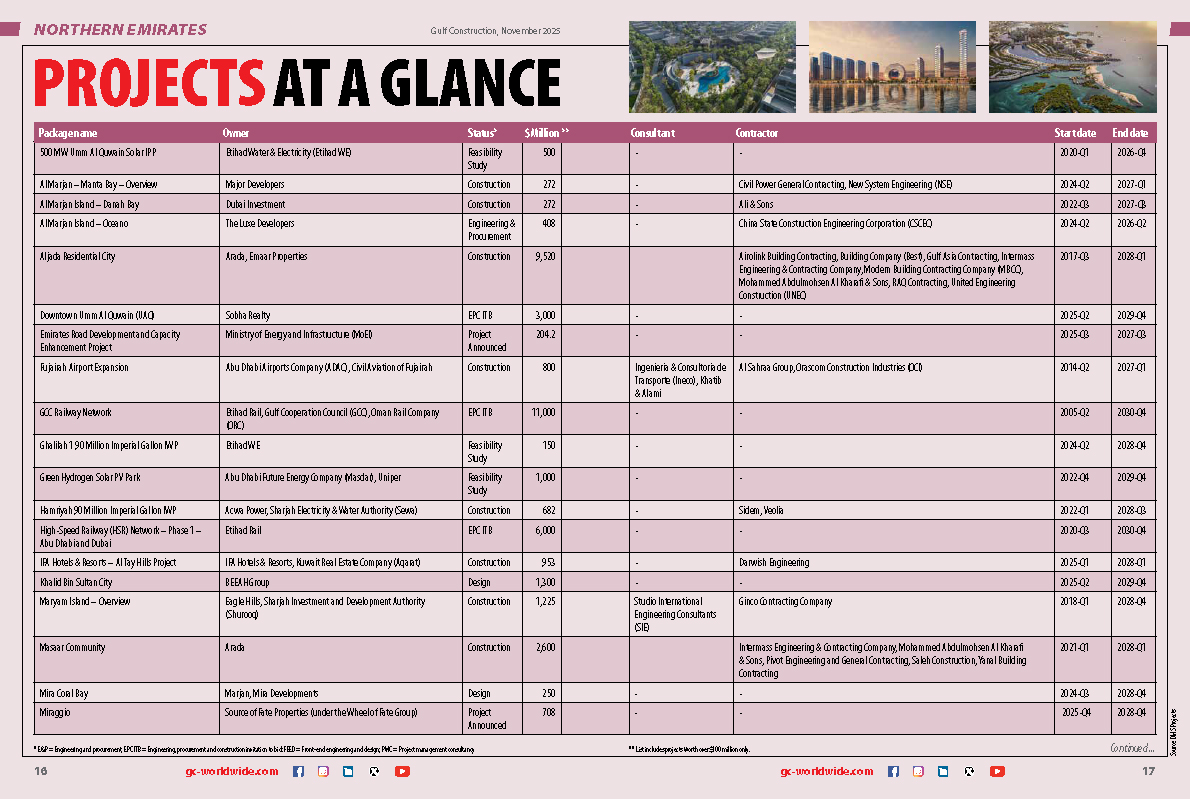
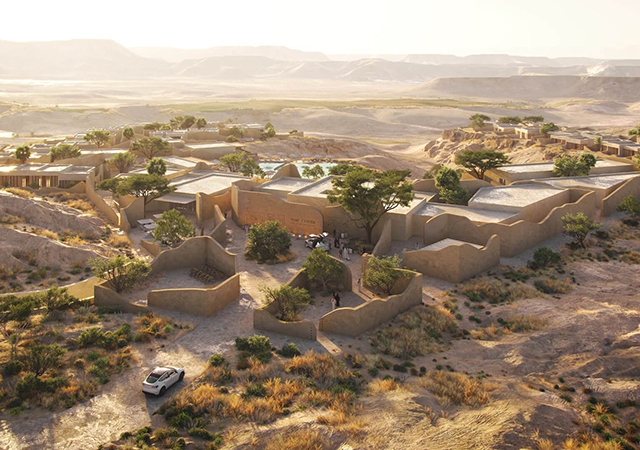
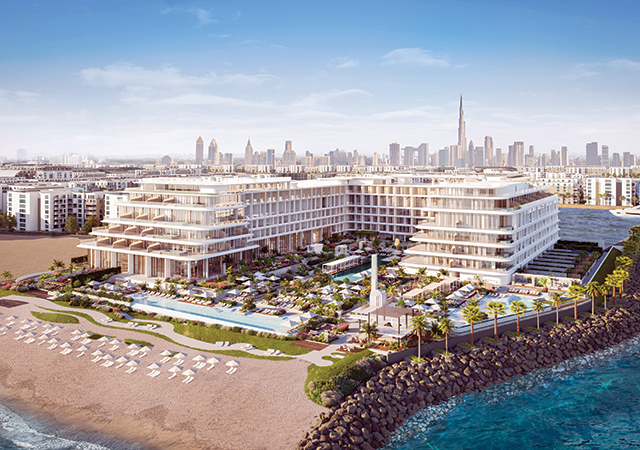
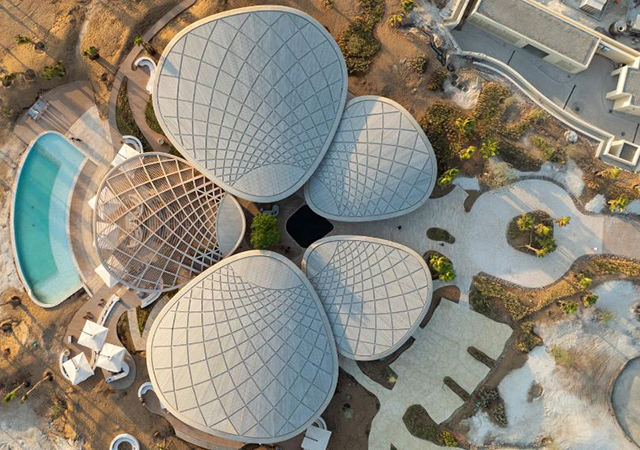
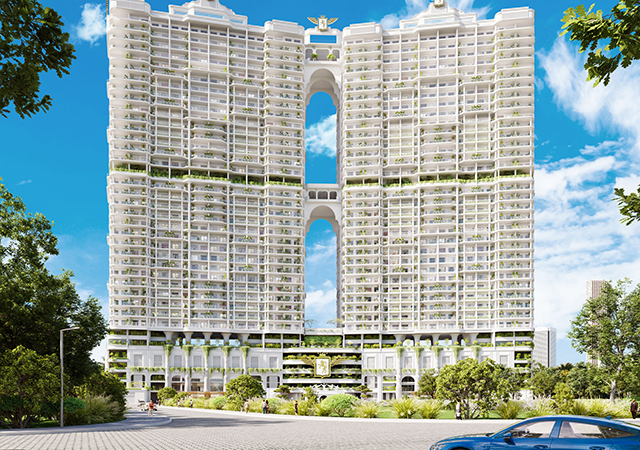
(5).jpg)
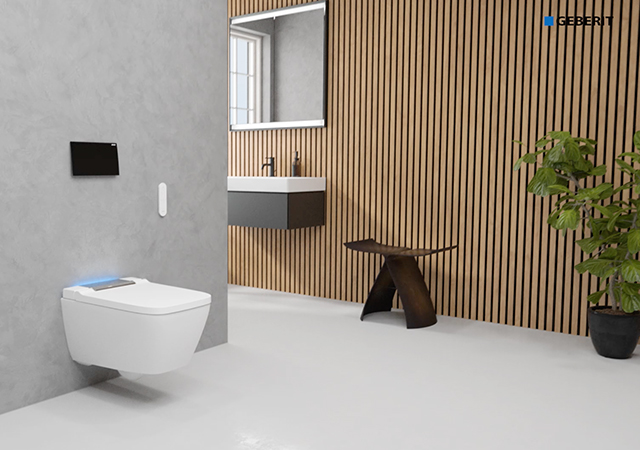
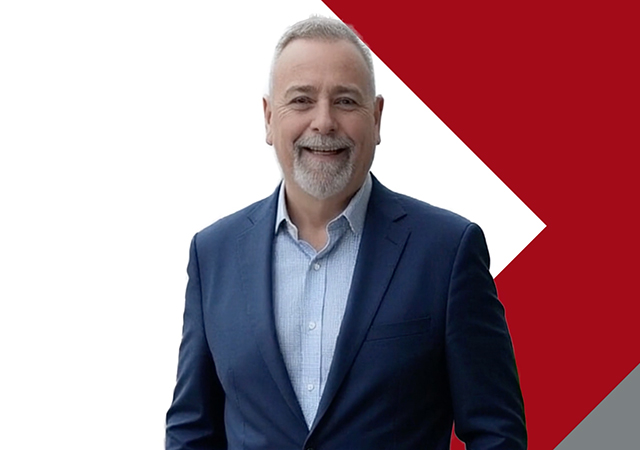

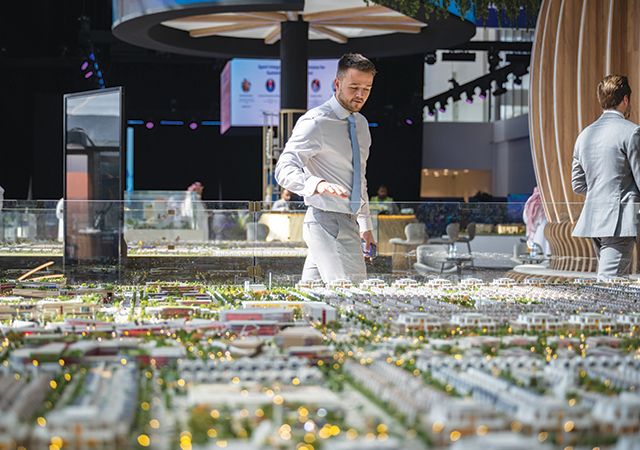


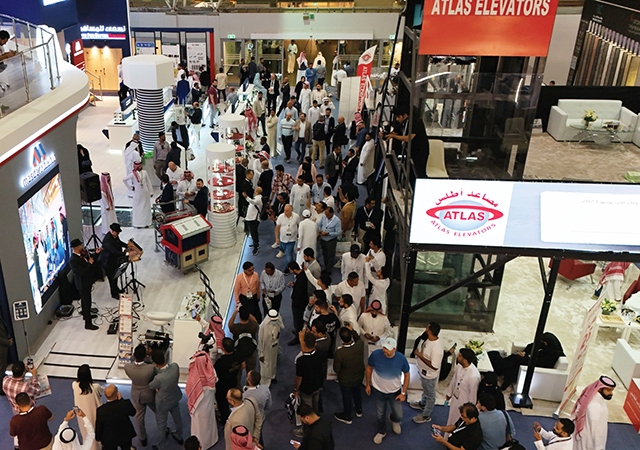

.jpg)
